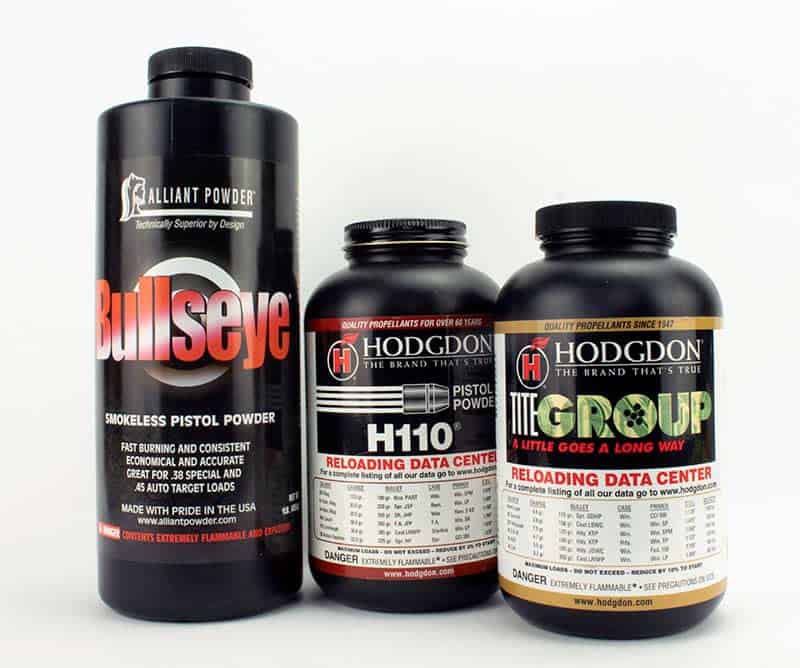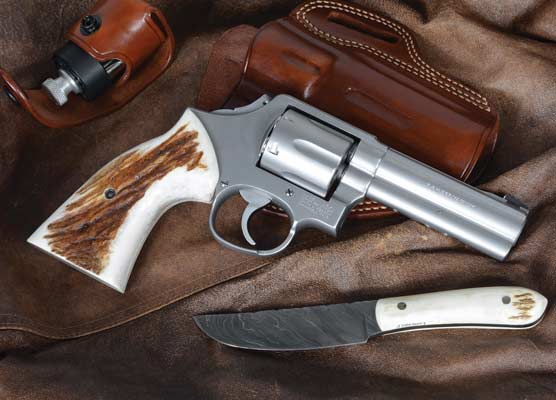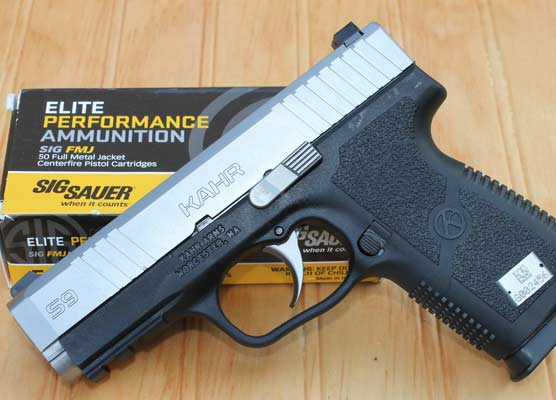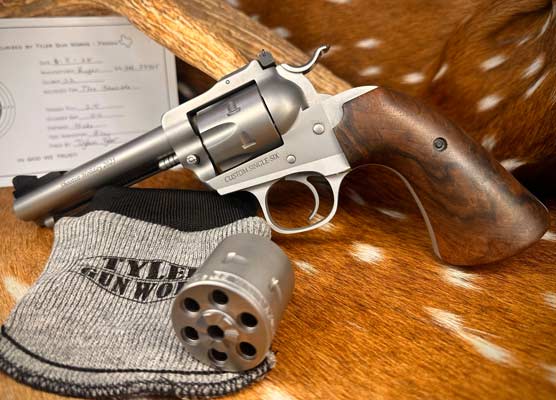Getting the
Powder Right
Shooting someone else’s reloads taught me a lesson. Too much powder or too little powder can mean trouble. I’ve thrown away a bunch of reloads done for me by someone else because I was afraid to shoot anymore. Some had been too hot, and some barely pushed the round out the barrel. One of my biggest fears has been having a shooter on the line experience a squib load and not realize it before pulling the trigger again. My commitment is always to have a safe amount of powder in any cartridge I reload.
It starts with choosing the powder. Any of the trusted reloading charts will have values for several popular powders designed for the gun type and caliber. I primarily load handgun cartridges, and my primary reference is the most recent version of Lyman’s Pistol and Revolver Handbook. I supplement that with data provided by the bullet manufacturer, and when the powder has been chosen, I back the other sources up with data from the powder manufacturer’s website.
I’m currently loading Inceptor’s ARX bullets in 9mm and .45 ACP. Lyman’s 9mm charts don’t have a listing for a 65-grain 9mm bullet. I’m sure they’ll have it in the next edition, but for now, since I’ve got some Hodgdon TiteGroup powder on hand, I went to Hodgdon’s website and pulled up their reloading charts for 9mm. There I found data for the 65-grain ARX bullet specifying 4.5 grains of TiteGroup as a starting load and 5.1 grains for a maximum load. Inceptor’s website specifies 4.6 grains of TiteGroup as a starting load and 4.8 grains as a maximum load. I trust both of those sources, but there is a slight difference between them, most likely related to differences in their test barrels. A safe middle ground for my initial 9mm ARX rounds is 4.7 grains, so that’s what I’m going with.
Knowing how much powder to put into each cartridge is just part of the process. Measuring that amount of powder and doing it consistently can be challenging. Several tools can help you do this. Sometimes it’s a good idea to use more than one measuring device to check your load. The Lee Safety Powder Scale that came with my press kit does a great job of accurately measuring a load, but it requires manual setup adjustments that must be accurate. Set the scale on a level surface and zero out the settings for grains and decimal grain points. Then balance the scale with the pan attached. Using a powder trickler or a dipper, you can add some powder and then move the scale’s balance settings until it balances. That will tell you what’s in the pan. Adjust that amount until you have the scale balances on precisely the amount of powder you want for your charge. Once you’ve found the desired load and have the scale set, you can create that load repeatedly by adding powder until the scale is balanced.
That process was so tedious for me I bought a little digital scale to find the right load. Again, you must do this for each cartridge you’re going to load.
A device that allows for repetitive loading after some initial adjustments is the powder measure that also came with my Lee Precision Press Kit. It has a reservoir for holding powder and a micro-adjustment tool that allows the exact desired amount of powder to drop with each operation of a lever. The measure is based on volume rather than weight, but each powder has a volume that corresponds with the weight you need. I check the adjustments using my electronic digital scale until I get the right load. Then I lock it down, and if I’m using the same powder, I’ll get the correct load with each lever pull. With this tool, you can get it adjusted, then using a funnel that fits over your cartridge mouth, move a block of primed cartridges under it one at a time, pull the lever, and you’ve got a loaded cartridge, ready to add the projectile.
Another product from Lee called the Improved Powder Measure kit has 15 individual dipper cups graduated in cubic centimeters. Included with the kit is a sliding scale chart with common powder types listed, and for each type and each dipper in the kit, the scale will tell how many grains that dipper holds. For the 4.7 grains of TiteGroup I want for each of my 9mm cartridges, the scale there is no equivalent dipper. There’s one that would hold 3.5 grains, and the next one holds 5.9 grains. That load won’t work for me, but my desired powder charge for .45 ACP ARX loading is 7.9 grains of Alliant Power Pistol powder. The .7cc dipper is the correct size, so I can use that dipper to dip a charge from the powder container for each cartridge, eliminating the need for other measuring methods.
Using the loading data to find the powder and load, and a combination of digital scale, Lee Powder Measure and various small funnels and dippers, I can economically load the correct amount of powder in each cartridge I reload, and so can you.





